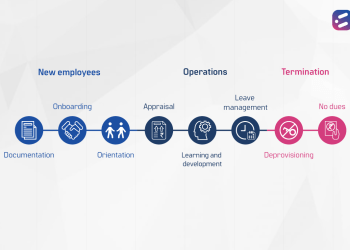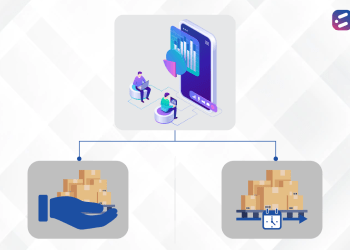In a digital acceleration report by HCL Technologies, it was found that 89% of organizations feel digital transformation is currently a priority, 87% have a formal digital strategy in place, and 50% have a tactical roadmap for digital planning and prioritization. Only 40% of respondents have a robust data strategy in place.
So, if you haven’t begun to reprioritize your digital investments, the time to start is now. But what is the number one priority? Is it to…
- Improve operational efficiency?
- Enhance customer experiences?
- Launch new products and services?
Each enterprise has a different answer, based on their organizational needs. Unplanned tech investment is a high risk, so you’ve got to optimize your investment with the right decision-making and implementation strategy. Avoid “shiny object syndrome”, where you feel that every new idea must be the most valuable! Here are some points to consider when making a tech investment
Competitive advantage
It’s getting harder to outpace competition. This means that every investment must be geared towards creating a competitive advantage for the organization.
Ask yourself: how will this tech investment improve customer acquisition and retention? For instance, if customer care is considered a major differentiator in your industry, opt for tech that directly relates to customer support – a chatbot might be a better investment than record-keeping software, in such a case.
Make tech investments that are geared towards gaining a competitive advantage and make those choices based on honest self-audit and customer feedback. Map out key business processes that most impact customer satisfaction, and analyze tech requirements to support each one.
Analyze the risks
Risk management is a crucial step in making the right investment decisions. The process involves identifying, analyzing, and forecasting the risk involved in an investment, and adopting processes to accept, avoid or minimize that risk.
Before making a tech investment do analyze all risk categories – upfront costs, risk of slow adoption, long-term operational sustainability, and so on.
Measure and report on success
From the outset, whether you are looking to innovate or solve a problem, set clear goals and realistic timeline expectations. Establish a baseline for key metrics you’re looking to improve and measure them against future outcomes.
Measure real against expected on a regular basis. Keep the team engaged and enthused by keeping them in the loop.
Plan a sustainable operational model
Every level of the organization should support the digital transformation; if you have to waste time forcing your team to cooperate, it’s not going to work!
While there may be initial resistance, technology investments depend a great deal on the strength of team support, so don’t be shy about being evangelical about the ways the technology will help them in their daily work routines!
Don’t succumb to the sunk-cost fallacy
If it’s not working for you, be flexible enough to pull the plug. Do an honest self-audit, analyze tech issues and its shortcomings. With this analysis, you can find a technology solution that suits your needs.
Tech requirements in today’s environment change constantly. For instance, you may find that after your initial investment in, say, a customer engagement platform, you need more resources than expected, to maintain the platform. Don’t try to save money by solving problems with a “quick and easy” tech fix. Invest in the right technology and resources after a thorough cost, risk and performance analysis.
If you want to set yourself up for maximum returns on your technology investment, get in touch with CloudNow today.













